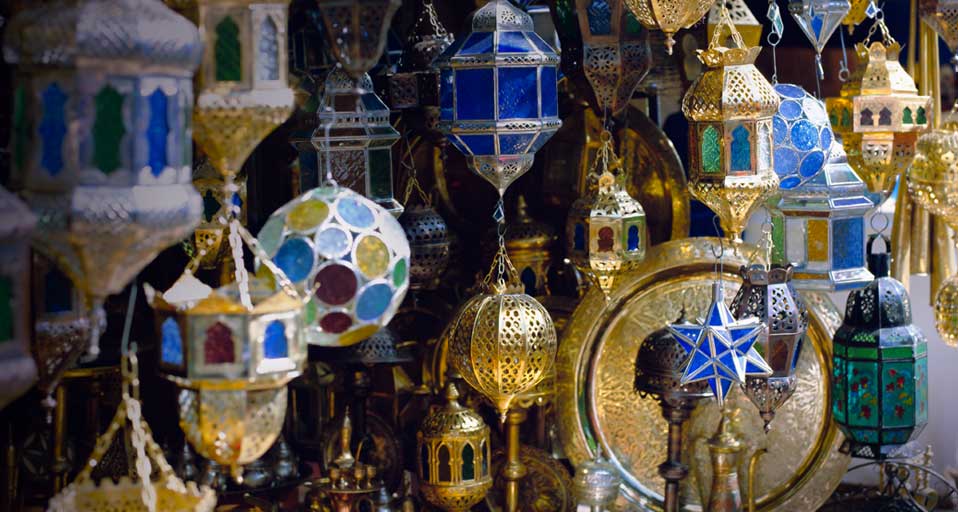Hawzah News Agency (New York, US) - For Yasmine Bagh, a Syrian American from New Jersey, American Muslims need their own outdoor decorations to observe Ramadan like other Muslims in the Islamic World, and this’s what encouraged her to start ‘Muslim Holiday Shop’ in New York.
“I was inspired by a walk around Rockefeller Center where I live in Queens, New York during the Christmas season. Seeing Muslim families gathered and holding their holiday coffee cups, I thought to myself, ‘why aren’t we getting excited and why don’t we’ve stuff outdoors?’ Bagh recalled.
“We had a lot of challenges, but getting your kids excited about Ramadan shouldn’t be one of those challenges. This is a passion project and I found a lot of manufacturers whom I can depend on,” she explained.
“Through word of mouth and social media alone, the orders have been pouring in for inflatable crescent moons and LED Ramadan projectors,” the shop owner said happily.
Bagh explained that decorations during this time of year could be found more often in Muslim majority countries, “but not typically here in America. Families would often create their own, until lately.”
Decorative Origins
In several Muslim countries, lights are strung up in public squares during Ramadan, and across city streets to add to the festivities of the holy month.
Typical Egyptian Lanterns have become symbolic decorations welcoming the month of Ramadan throughout the Islamic World.
These traditional Ramadan Lanterns are called ‘Fanoos’, a term of Greco-Egyptian origin transliterated to ‘candle’ and it means ‘light’ or ‘lantern’. The ancient Egyptians historically used it to represent the light as a symbol of ‘hope amid darkness’.
During the ancient Egyptian ages, the Fanoos was similar to a lamp that incorporated either candles or oil. It originally developed from the light torches used in the Pharaonic festivals celebrating the rising of the star Sopdet aka Sirius.
This was recorded by the medieval Egyptian historian Al-Maqrizi (1364 – 1442), who noted in his book, ‘Al Mawaiz wa al-‘i’tibar bi dhikr al-khitat wa al-‘athar’, that these torches were used in ancient Egyptian celebrations.
Afterward, the association between this decorative theme and Ramadan tradition is believed to have started during the reign of the 4th Fatimid Caliph al-Mu’izz li-Din Allah in the 10th century when lanterns were used to light mosques and houses throughout the capital city of Cairo.
End.

